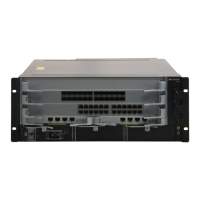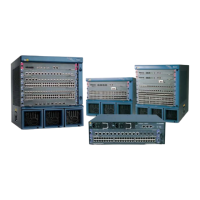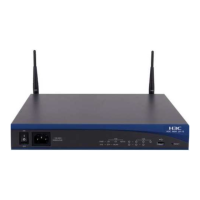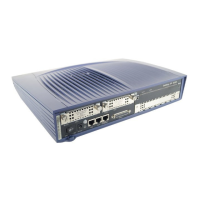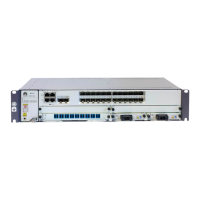In Option A, the ASBRs of the two ASs are directly connected. The ASBRs are the PEs of
their respective ASs. The two ASBRs consider the peer ASBRs as their CEs.
Figure 5-7 Networking of inter-AS PWE3-Option A
MPLS backbone
AS: 100
CE-1
PE-2
ASBR-PE1
PE-1
CE-2
ASBR-PE2
MPLS backbone
AS: 200
LSP1
CE-3
AC
As shown in Figure 5-7, for ASBR-PE1 in AS100, ASBR-PE2 in AS200 is a CE. Similarly,
the ASBR-PE2, ASBR-PE1 is a CE.
Option A is easy to implement. No inter-AS configuration is needed on the ASBR-PEs.
The interfaces that connect to the ASBR need not be configured with the IP addresses.
In Option A, however, the directly connected ASBRs must use different links (physical
links or logical links) as ACs to connect to different inter-AS VPNs. This puts forward a
high requirement for the PE.
PWE3 Tracert
With the wide applications of PWE3, PWE3 needs to provide operation and maintenance
capabilities. PWE3 tracert, a network maintenance tool, is thus developed to meet this
requirement.
Depending on the networking type, the PWs are classified into SH-PW and MH-PW. Similarly,
PWE3 Tracert includes PWE3 SH Tracert and PWE3 MH Tracert.
l Basic principle
– PWE3 SH Tracert
Figure 5-8 shows the networking diagram of PWE3 SH Tracert. CE1 and CE4 belong
to VPN1. CE2 and CE3 belong to VPN2. The LSP from PE1 to PE4 is PE1-P-PE4; the
LSP from PE2 to PE3 is PE2-P-PE3.
5 PWE3 Configuration
Quidway S9300 Terabit Routing Switch
Configuration Guide - VPN
5-8 Huawei Proprietary and Confidential
Copyright © Huawei Technologies Co., Ltd.
Issue 03 (2009-08-20)

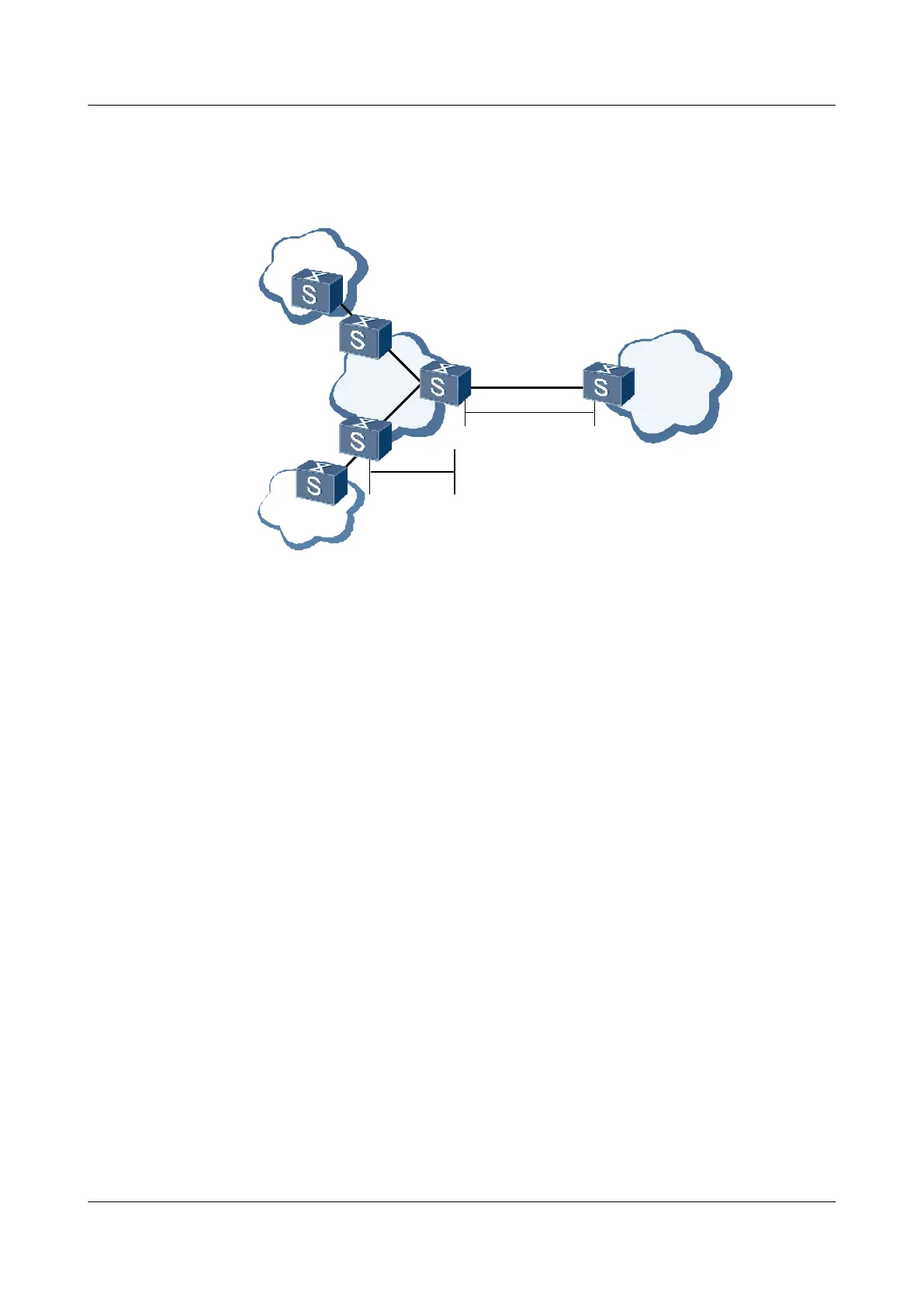